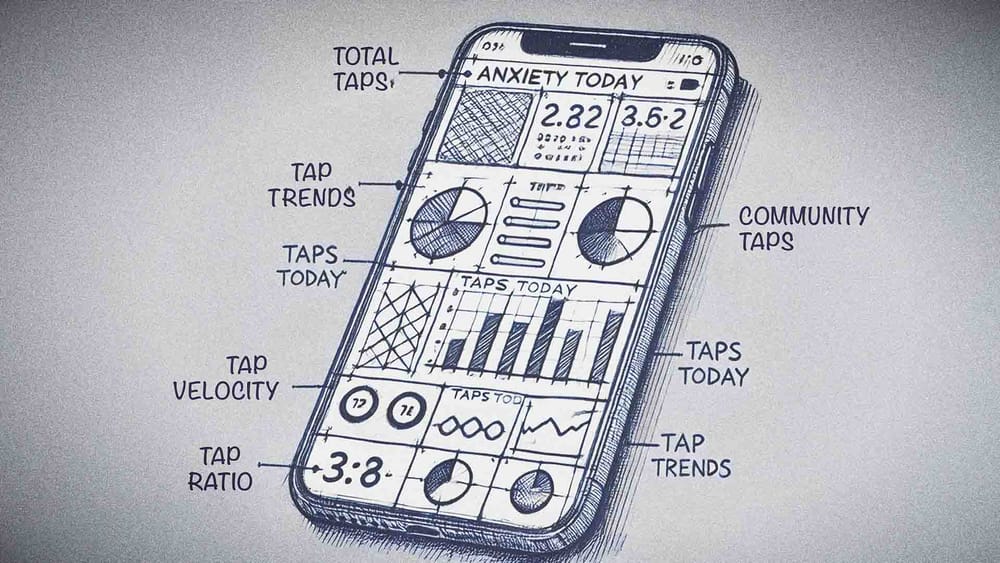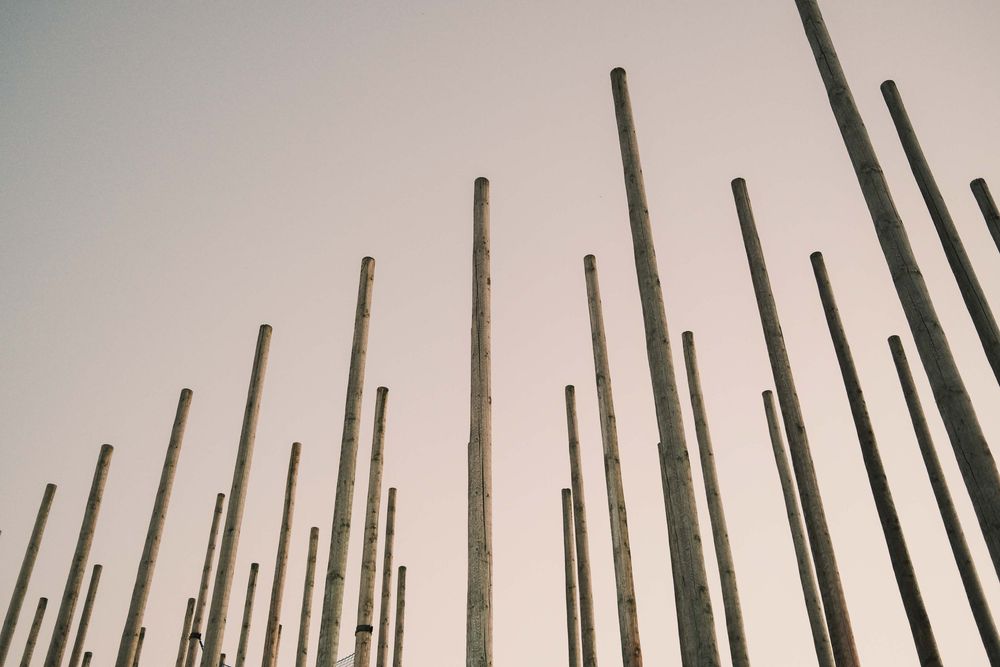When you are starting out in photography, it makes sense that you do this with a lens and a body that are considered to be more ‘standard’. For most people, that can be any camerabody with a 28mm or a 50mm lens (35mm equivalent) on it. Why those two focal lengths, you ask? Simple, most smartphones have at least one or two of those lenses built in.
I actually recommend that you start your photography journey on a smartphone; but even if you don’t, chances are that your first camera gear will not include extremely wide-angle or super-telephoto lenses. I also recommend that you eventually give telephoto lenses a try though. Let me explain why it’s a good exercise, as well as an opportunity to create unique images in an environment that you might think you have already exhausted creatively.
My telephoto lens experiment
A few weeks ago, I mounted a vintage 135mm lens on my APSC crop-sensor Fujifilm X-E3. This means that any lens on this body will have a 1,5 crop compared to a full frame sensor. In this case, that means that my vintage 135mm lens, actually translates to a (near) 200mm lens! The lens was made to be used on analog SLR bodies and looked pretty ridiculous on my little X-E3.
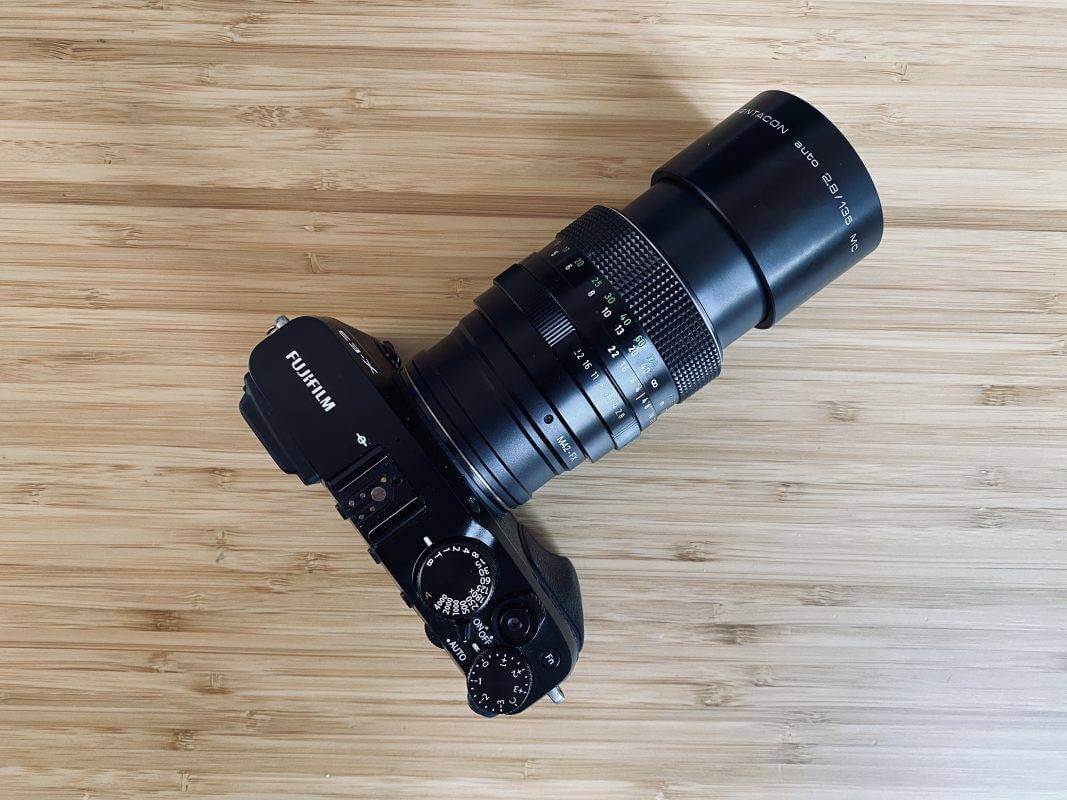
What kind of photos I produced
I usually shoot with lenses that are a little wider (18mm, 23mm and 35mm are my go to lenses). It was interesting to see how different the process was when taking the 135mm for a spin. I had to completely change the way I looked at the world. The compositions I usually seek out on the street, were not a possibility with this lens as I had to stand way further back to get things in my frame. You can see a few examples of the final results below.


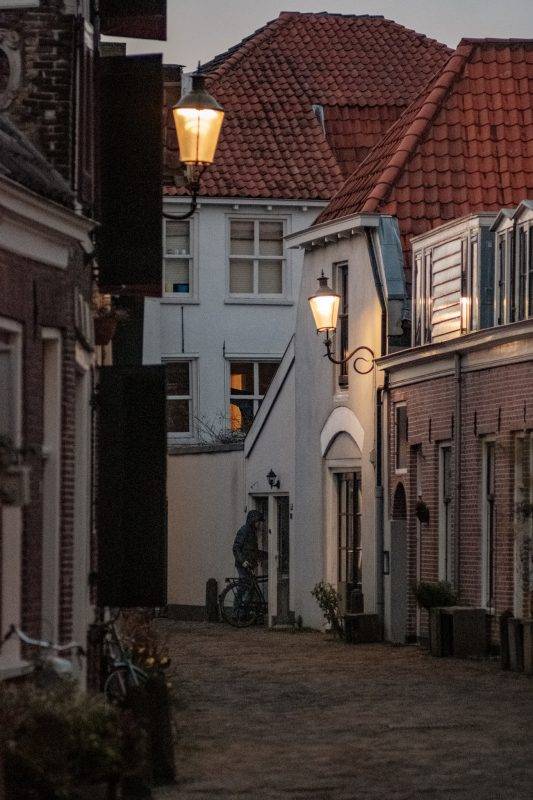
Why you need to try a telephoto lens
First of all, I realise that using a telephoto lens on the street or for a landscape might be a bit strange. If you think about who uses a telephoto lens, nature photographers or sports photographers might come to mind. There are a few reasons why a telephoto lens might be a great idea though, even if you mainly shoot on the streets or have a knack for landscapes.
Lens compression is real
While some will argue that lens compression is a myth, the effect is certainly real. A telephoto lens causes a certain look in your photos that make all the objects in your frame appear much closes to each other. You can also refer to this look as making the image look more 'flat', because all the depth is removed from your photo.
Whereas wide angle lenses cause your subjects to appear to have more space between them, a telephoto lens will do the opposite and 'compress' your image.
Take this shot by Adrián Metasboc below, it's a typical wide angle shot of a street. If you look at the next image though (it's a slider), you can see how the photo would've looked if he would have used a telephoto lens. Do you see how all the objects in the photo appear as if they are much closer to each other? In the third frame, the effect is exaggerated even more (at the cost of some quality loss, but you get the point).
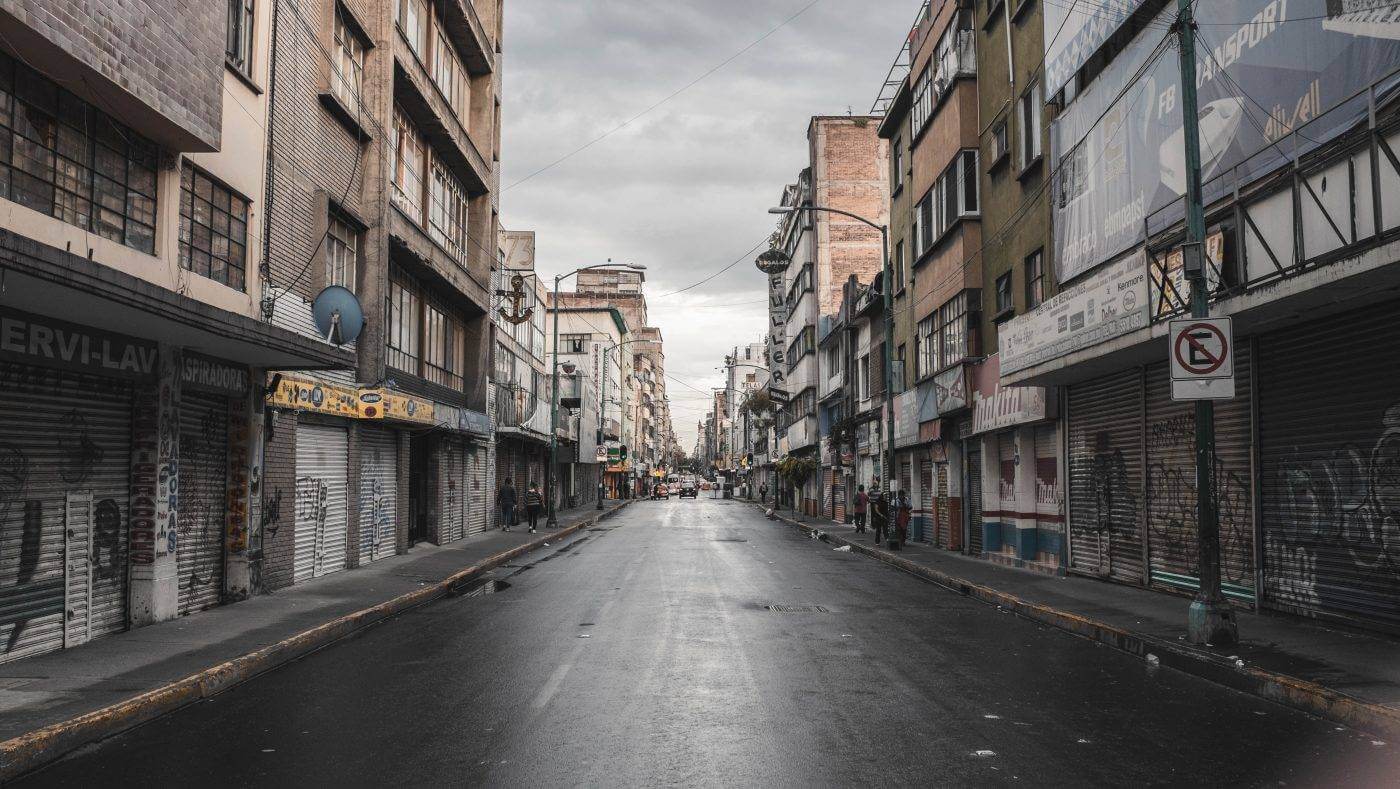
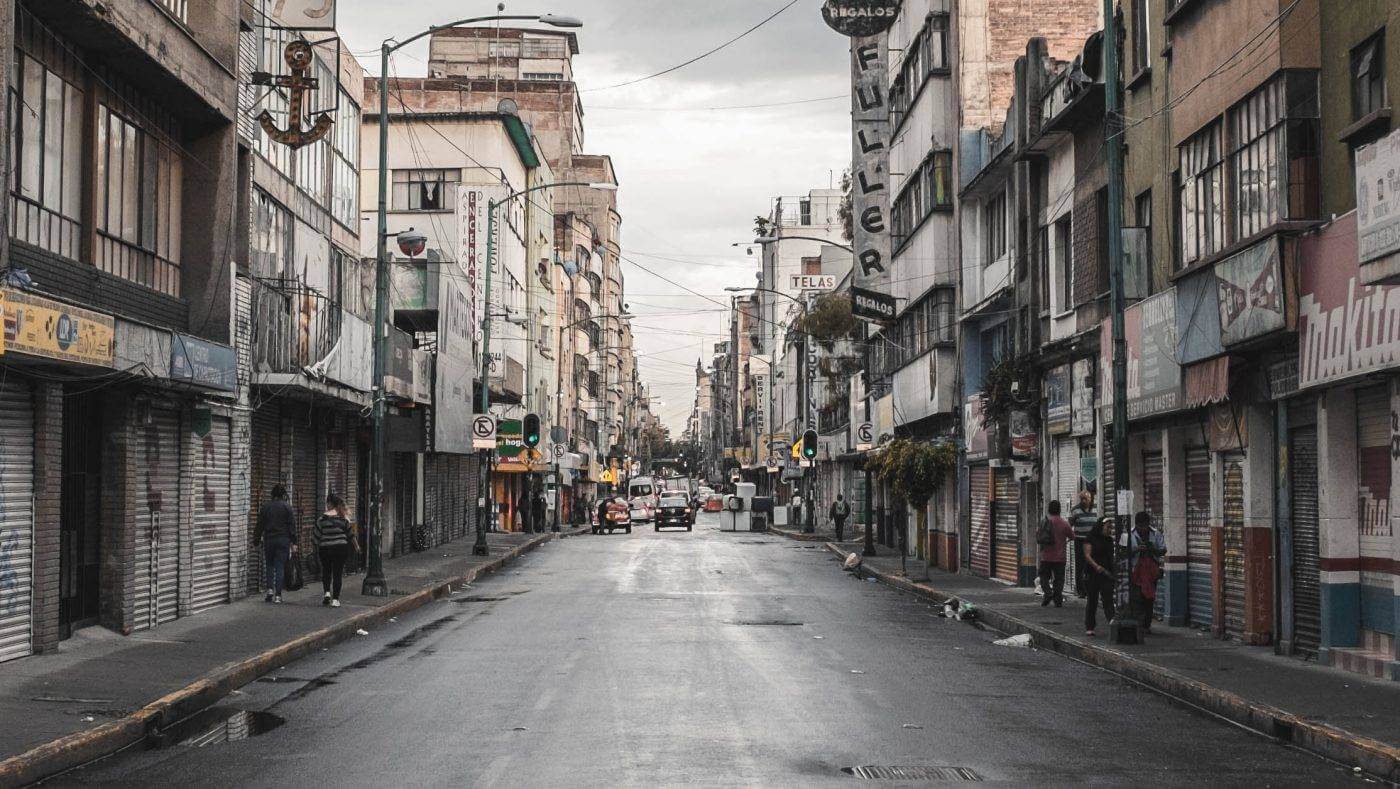
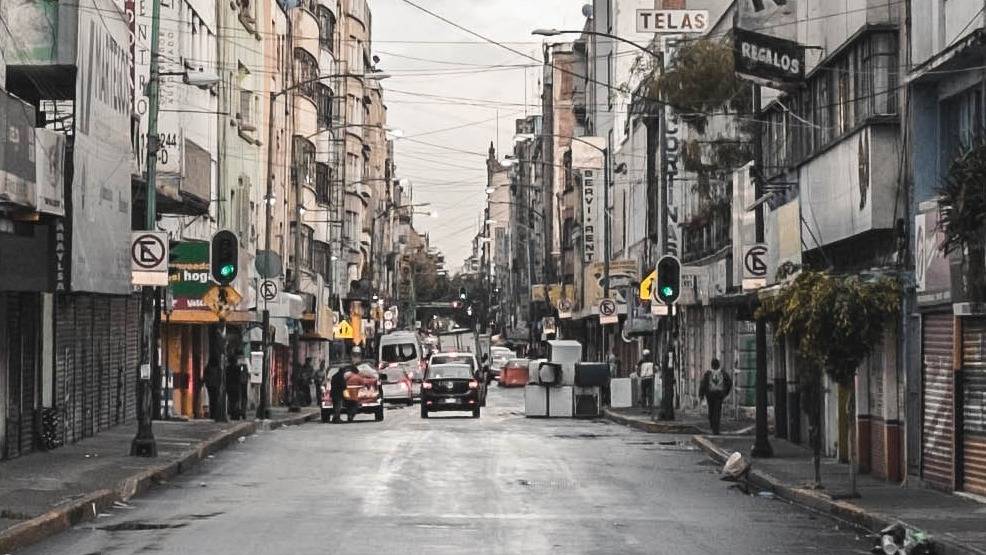
While this effect looks pretty cool, it requires some thinking to be executed correctly. You need to know what scene can benefit from lens compression and you need to know why you use it in a particular scene. I will go into depth about some ways on how to use lens compression to your advantage below.
Layer your photos
My favourite way to use a telephoto lens, is by trying to add layers to your photos. By using the above mentioned lens compression, you can create some excellent photographs that will show all the layers in a particular landscape. These layers reveal themselves with a telephoto lens because all the elements in the photo will appear bigger and closer to the foreground than they in reality are.
An excellent example of this can be found in this photo by Simon Matzinger.
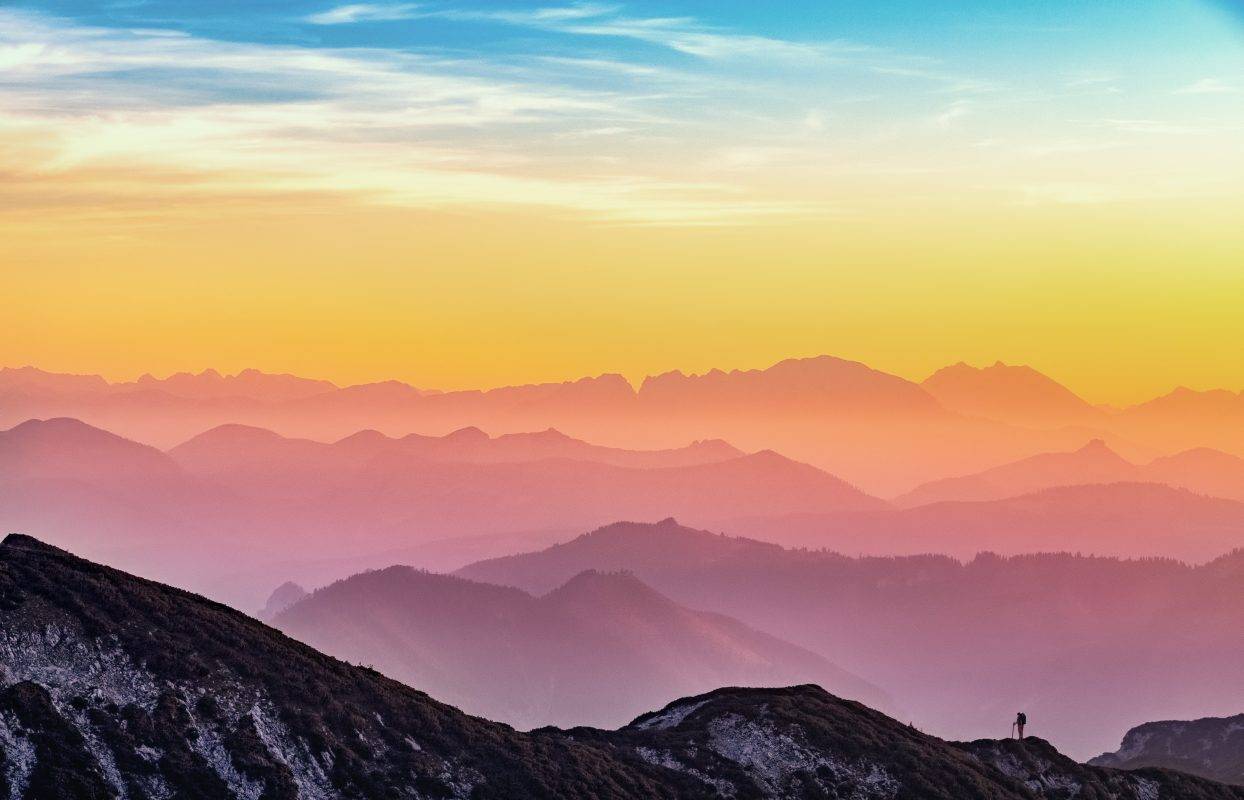
As you can see, Simon manages to highlight the layers in a landscape by bringing distant mountain ranges closer to the eye. The atmospheric haze of the earth puts some extra emphasis on ruggedness of the ridges.
The art of eliminating elements
I believe that photography is an art of exclusion, rather than inclusion. This means that interesting compositions often come to life when you leave certain elements out of the frame, rather than include everything your eye can see.
A telephoto lens will prove to be a great aid in accomplishing this in your photography. The narrow field of view will force you to think about what is important in your photo, as opposed to what might not add to the composition.
This photo below, made by Dave Hoefler, shows what you can accomplish by focussing your composition on very few elements.

This image only shows some treetops and clouds but it tells a certain story of mystique and conveys a very clear mood. This is only possible because Dave eliminated any other element from the photo. His foreground could have been littered with urban elements, cluttering his composition, but you can’t see any trace of that in the final image.
Learn to look differently at the world
A telephoto lens will teach you to think outside the box. If you are confined to a very narrow field of view, you will have to think twice to create an interesting composition. What kind of photo do you want to make? What elements are important for the story you are trying to create? What elements are better to be removed? Those questions are inherent to shooting with a telephoto lens.
Sure, a wide angle lens will allow you to create epic landscape views and include vibrant skies in your photos. While it’s not always easy to get up close and personal to take your photo, it might be even harder to take sufficient distance. This is especially true when you live in a densely populated area, like I do. I believe that if you take on challenges like these, you will eventually become a better photographer.
Embrace the limitations
If you force yourself to work with the limitations of a telephoto lens, you will end up with more unique perspectives of places you might already be familiar with. Take your time to look through your viewfinder and look for things you normally wouldn’t pay as much attention to. The next time you go out with your regular lens, your vision might have changed and your eye might catch a thing or two you wouldn’t have otherwise. Incorporate that in your work, and you are on your way to becoming a more well rounded photographer.





